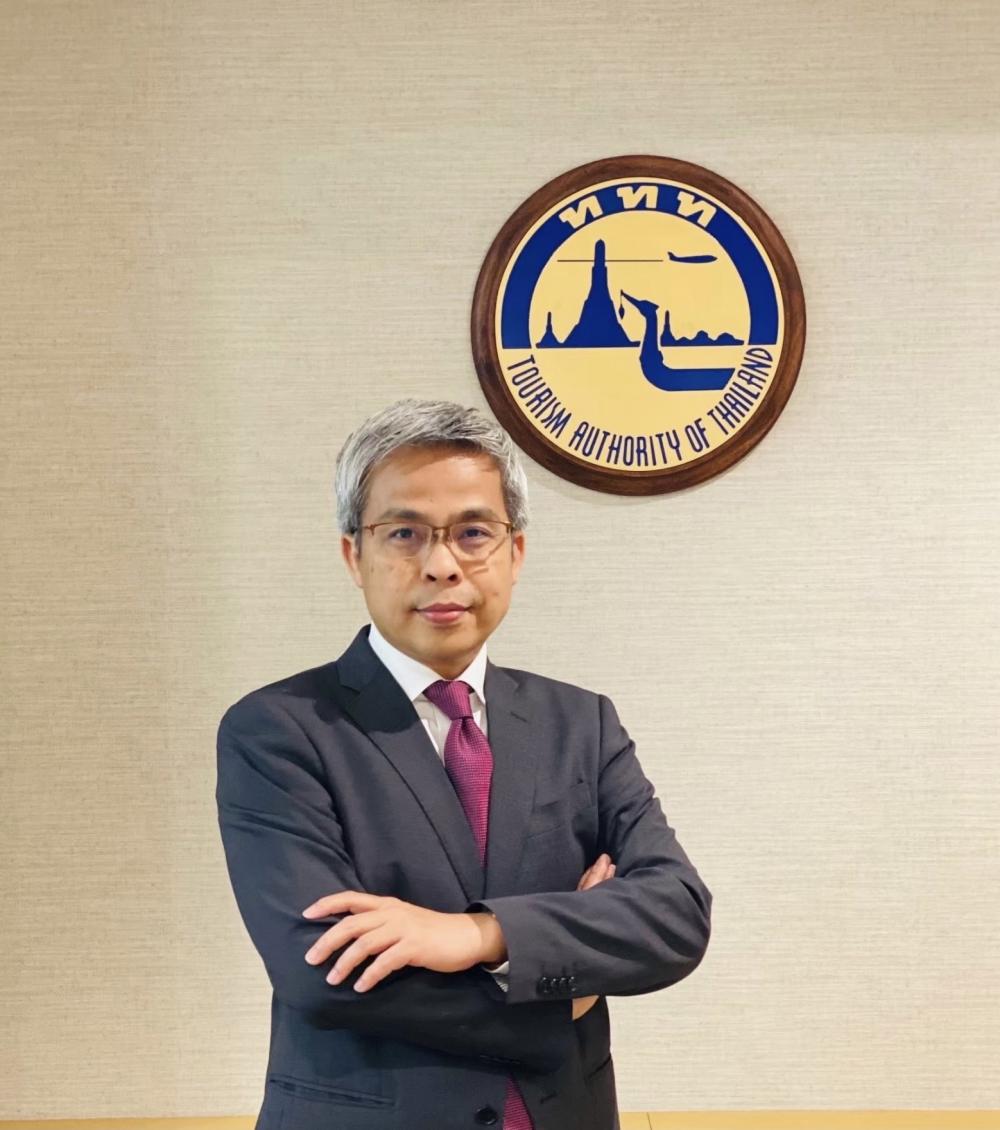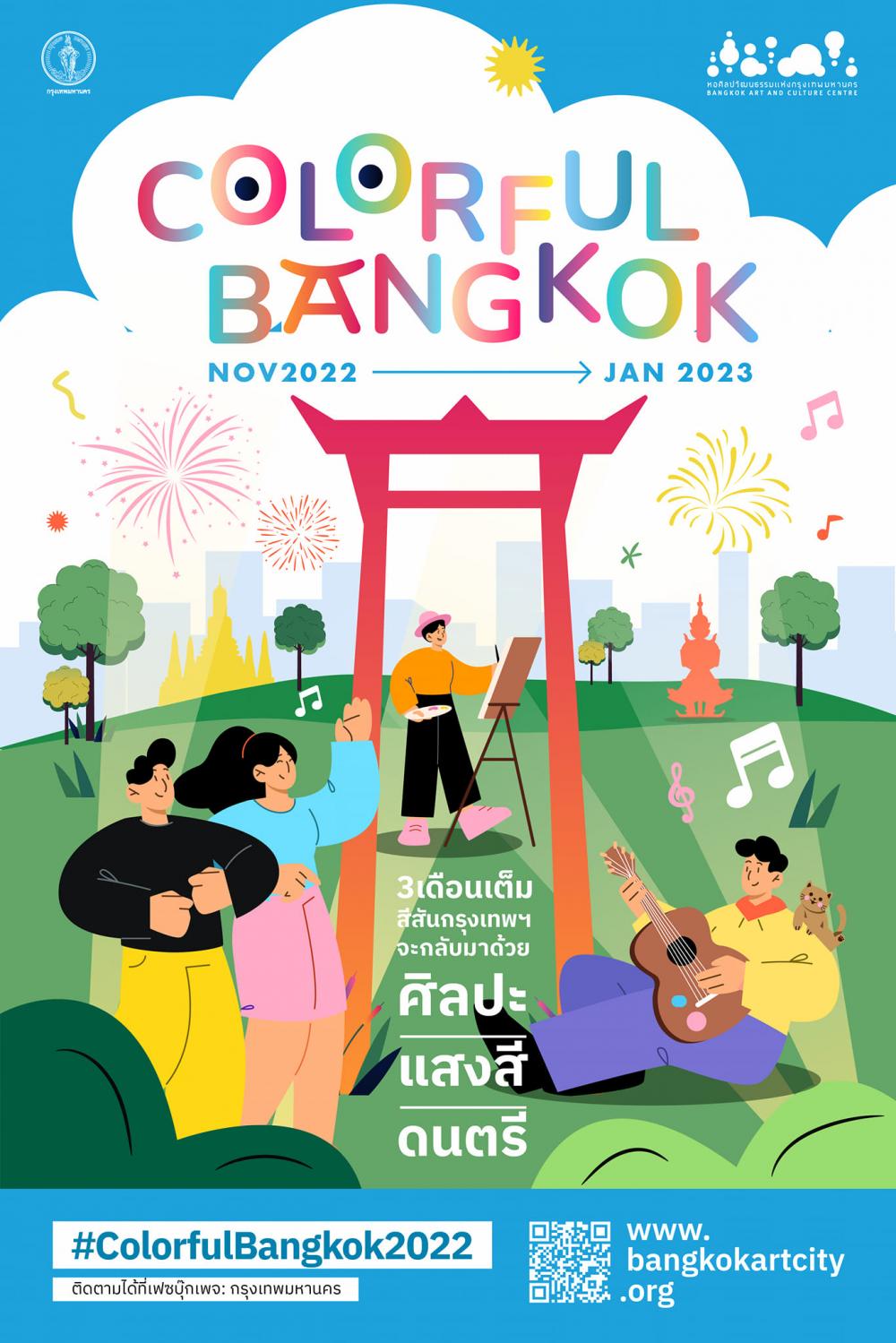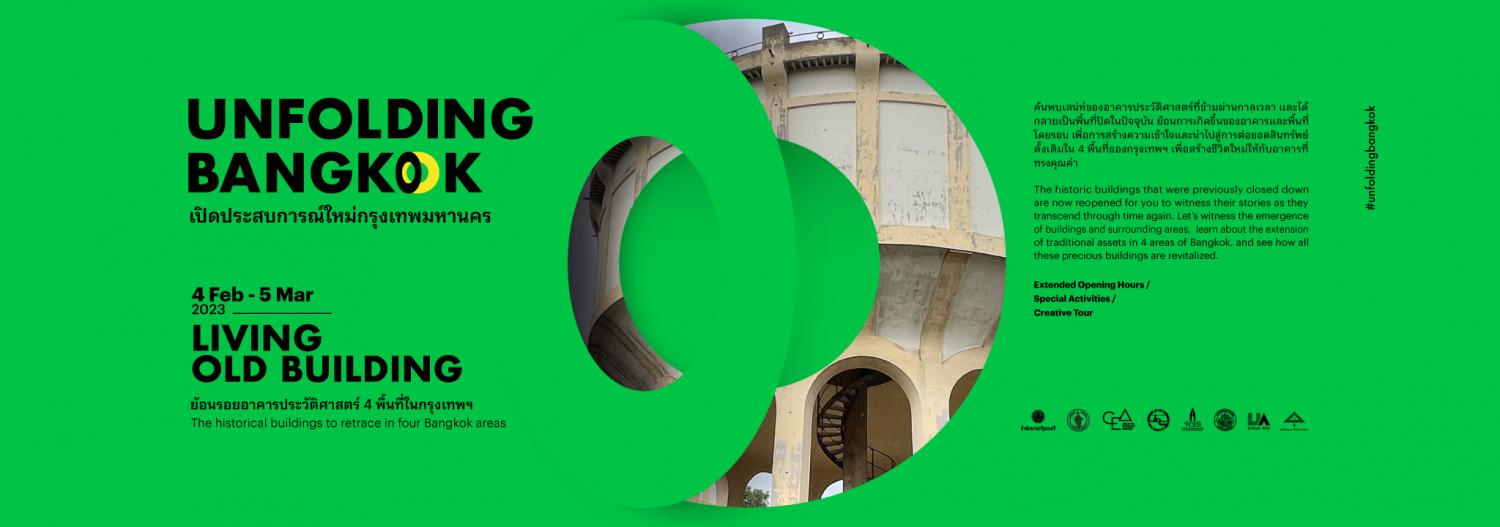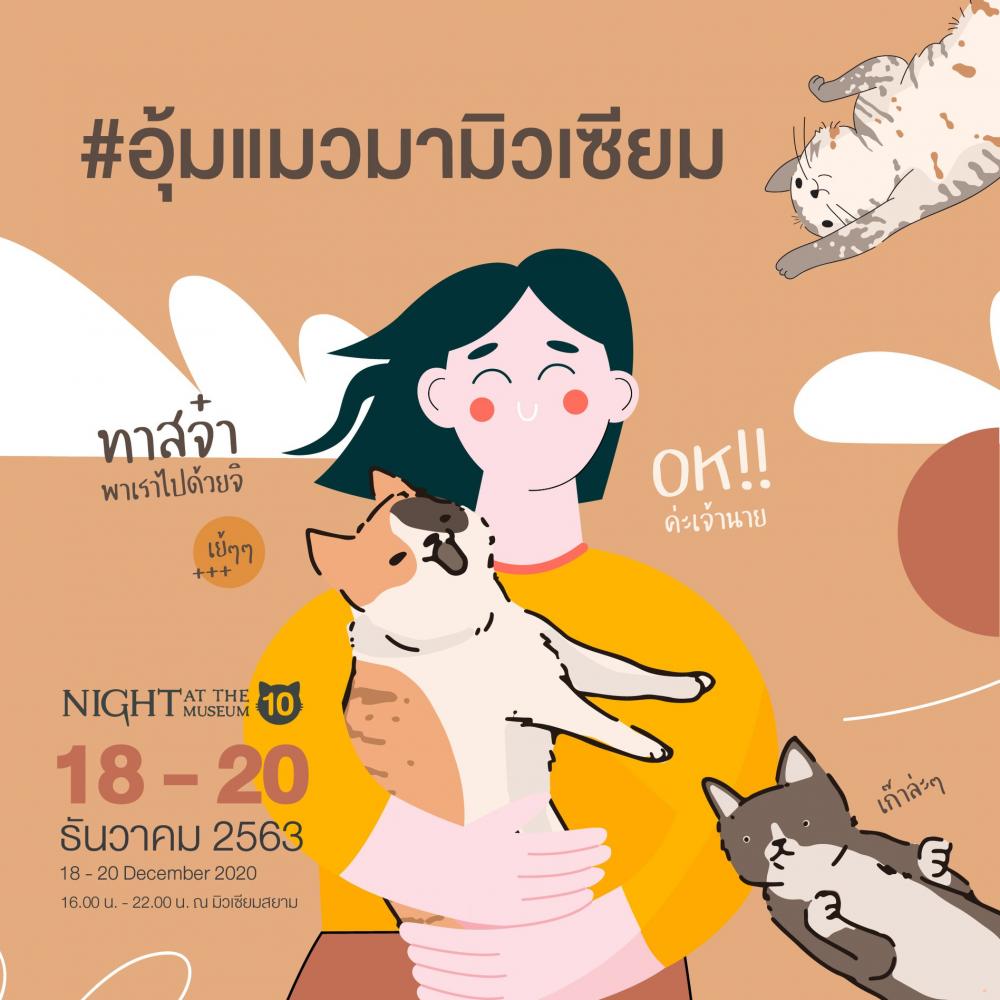
People travel to Bangkok for many reasons such as shopping, nightlife, street food and restaurants, and cultural attractions. With a goal to add more charm to the capital, the Bangkok Metropolitan Administration (BMA) launched the campaign "Colorful Bangkok" in which art is used as a medium to attract tourists.
"Colorful Bangkok" features many events that will take place from now until January. The campaign consists of creative art events, light installations and music. To create intriguing and appealing events, the BMA collaborated with both state agencies and the private sector. The Tourism Authority of Thailand (TAT) is one of the partners of BMA for "Colorful Bangkok" as both organisations want to boost Bangkok's economy via tourism.
"TAT's campaign 'Tour Amazing Thailand Every Day For 365 Days' will launch soon. The campaign aims to encourage locals to travel within Thailand and focuses on the domestic market. However, if there are events in the campaign that can attract foreign tourists, TAT will introduce them to international markets, especially countries within six hours of travel. Since the TAT campaign has the same goal as BMA's, TAT joined forces with BMA to support the 'Colorful Bangkok' campaign," Chanyuth Sawetsuwan, director of the TAT Bangkok office, said.
The main role of TAT in "Colorful Bangkok" is to provide information about events to potential tourists locally and abroad.
"TAT provides information through social media, travel agencies and TAT offices locally and internationally. Moreover, last month, TAT organised the 'Vijit Chao Phraya Festival' where visitors cruised along the Chao Phraya River and viewed projection mapping and light and sound shows at cultural heritage riverside sites and shopping venues. TAT also financially supported some events including the 'Hotel Art Fair'," Chanyuth said.

Since fine art or art exhibitions appeal only to particular groups, art in "Colorful Bangkok" is not limited to only pieces in galleries.
"Art as a product is interesting because it offers variety and has market potential. Art can either expand or diminish to suit several target groups. If we can present art, especially Thai art, as a tourism product to appeal to visitors, art will be easier to access," Chanyuth said.
"For 'Colorful Bangkok', there are several kinds of art-related events. At 'Hotel Art Fair', I discovered that the art industry has changed. It is no longer just a display, but it has developed into a business involving collections and investments. This market is only a niche at the moment, but there are demand and supply forces which can help drive the economy.
"From Nov 12 to Dec 25, the Creative Economy Agency launched the event 'Unfolding Bangkok: Hidden Temple' to introduce temples that are not so well-known. There will be folk play presentations and folklore at the venues. I think these are art forms that people can relate to.
"'Vijit Chao Phraya Festival' and ice sculpting festivals abroad are art-related events that reach the mass market. It is the duty of TAT and BMA to demonstrate that art events do not need to be at art galleries. There are various kinds of arts that can make Bangkok colourful."

Many countries have had success using art to attract tourists. For example, Art Basel is a huge international art festival that attracts a large number of visitors yearly. Art Basel was first organised in Switzerland in 1970 and later in other countries such as the US, Hong Kong and France. Naoshima is an art island in Japan that Chanyuth visited while he was the TAT director of the Osaka office in Japan.
"There are art installations, sculptures, art galleries and artistic architecture throughout Naoshima. People visit Naoshima to view art and local pieces. Visitors can visit each spot using public transportation which is designed to connect every spot. Since Naoshima is an island, many visitors have to stay overnight. Thus, visitors can enjoy viewing art pieces as well as sightseeing the natural beauty of the island," said Chanyuth.
Since art can boost tourism, "Colorful Bangkok" may be successful in attracting more tourists to Bangkok. Chanyuth estimates that during the three months of "Colorful Bangkok", about 300,000 visitors will tour Bangkok. It is estimated that 70% of tourists will be Thai and 30% will be foreigners. However, some visitors will visit places without acknowledging the campaign. The TAT director of the Bangkok office estimated that three months of "Colorful Bangkok" would generate at least 1.2 billion baht from tourists travelling in Thailand, admission fees and other expenses.
"Night At The Museum" is one of the upcoming highlights of "Colorful Bangkok". From Dec 14-16, the campaign will allow people to visit several museums after sunset.

"The objective of 'Night At The Museum' is to create new perspectives about touring museums. Thais may have the preconceived assumptions that museums are boring or dull, but today's museums are different from the past. I recently visited museums and discovered they are no longer boring. They present exhibitions in new forms with new techniques. I would like to encourage everyone to visit museums. They will wow you," Chanyuth said.
"'Night At The Museum' is an evening activity that will encourage Thais who do not enjoy hot weather to go out and spend money. It is also an activity that encourages people to travel before New Year. It can be family time since going to museums, viewing art and travelling are activities important for child development."
Chanyuth also commented that "Unfolding Bangkok" is another interesting event.

"Unseen temples in Thon Buri such as Wat Intharam and Wat Ratcha Khruet will be introduced to tourists. Tourists can view projections on temple walls and listen to the history and background of temples through Spotify. 'Unfolding Bangkok' may encourage Bangkokians to visit Thon Buri more. This is a project that creates new selling points from old tourist attractions. It will help boost the business of cafés, restaurants and other stores around the temples," he said.
"Community Art Festival" is also a part of "Colorful Bangkok". It is an activity that attracts visitors to local communities.
"Banglamphu Museum will organise an event, 'Sanae Banglamphu', from Dec 10-11 and showcase well-known handicraft products such as lion dance costumes, khon costumes and Kanom Kaesorn Lampoo, Banglamphu's signature dessert. Visitors will learn about this old community. There are more old communities like this in Bangkok that people are unaware of. Due to 'Colorful Bangkok', people will learn more about communities and artisans will improve their products and there will be more income distribution," Chanyuth explained.
The TAT director of the Bangkok office hopes that "Colorful Bangkok" will encourage people to take an interest in Bangkok from an art perspective.

"If we continue to organise 'Colorful Bangkok', people will be interested in Bangkok from an art perspective. This will be an opportunity for TAT to promote Thailand's art events to international markets. I would like international tourists to learn more about Thailand's end-of-the-year festivals, so they may travel to Thailand during November, early December, or January. Bangkok's peak travel season is from Christmas to the end of the year. I hope tourists will visit Bangkok at other times also such as early November or late January, and not just during the peak season," said Chanyuth.
For more information and details of the schedule of "Colorful Bangkok", visit bangkokartcity.org/colorful-bangkok.







